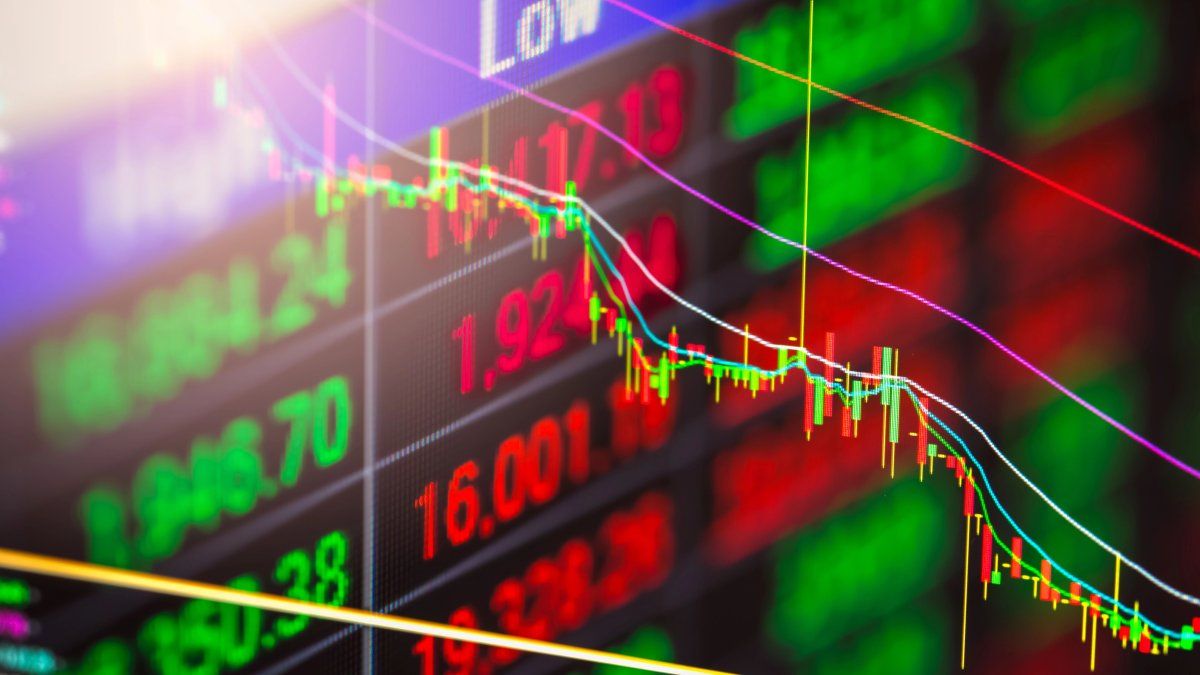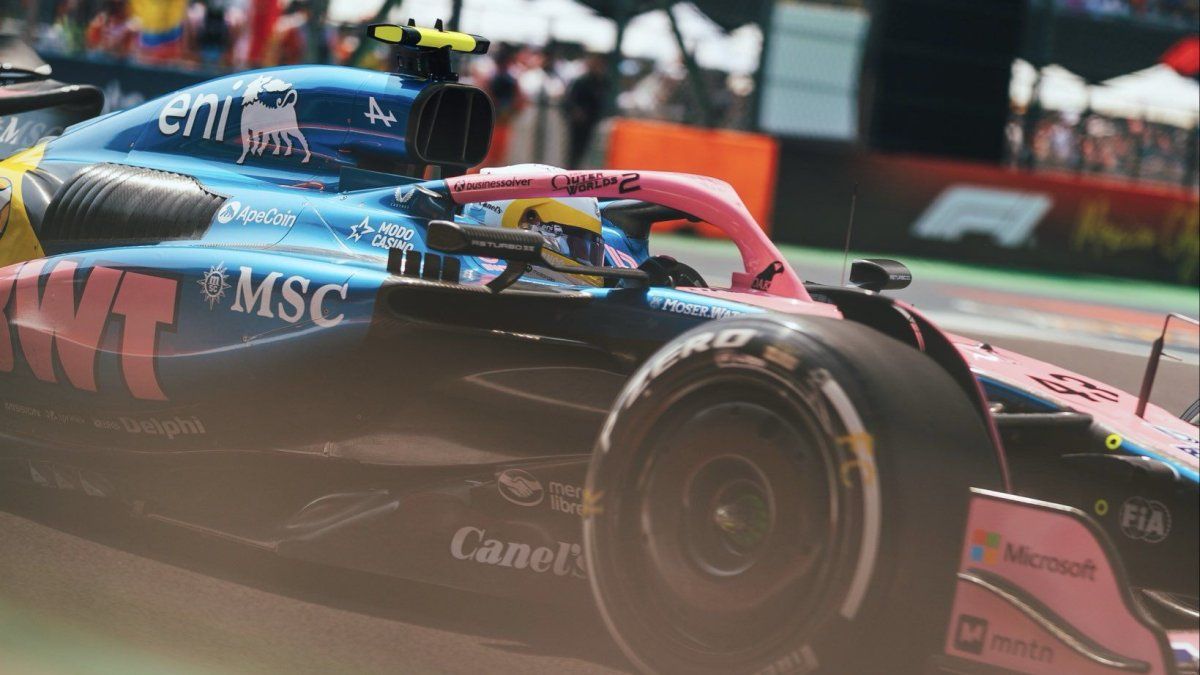The decision of the president of the United States, Donald Trump, to impose new reciprocal tariffs to almost everyone generated an immediate impact and of great magnitudes in the main financial markets of the world, and Argentine assets did not escape from global panic, especially for variable income. The Local actions collapsed up to 11% on Wall Street, while bonds gave up to 2%so the country risk He climbed 6% approaching 900 points.
In the case of Argentina, the US increased The 10% import ratewhich will imply a lower export to the North American country and a possible reduction in internal activity, while specifying concrete developments around negotiations for a new agreement with the International Monetary Fund (IMF), for US $ 20,000 million.
Washington He declared an economic emergency and announced tariffs of at least 10% in all countries, with even higher rates for 60 countries or commercial blocks with a high commercial deficit with the US, to a extent that intensifies a serious commercial dispute that began on his return to the White House.
With a decrease of 10.9%, Globant’s papers led the strong losses scored by the Argentine companies that are quoted on Wall Street. The assets of Energy view (-8.5%); Tenaris (-8.5%); Supervielle Group (-5.6%); Bioceres (-5.6%); and YPF (-5.5%).
However, the S&P Merval gave up 3.4% 2,275,658.78 points, while, measured in dollars lost 4.3% to 1,723.50 points.
Among the actions that suffered the greatest falls appeared by South gas transporter (-5.9%), Aluar (-5.9%), Ternium (-5.1%), Commercial of the Silver (-5%), and Pampa Energía (-4.6%). Among the most operated, YPF yielded 4.6%; and Galicia Financial Group, A -2.3%.
Trump said the tariffs – to those who called “reciprocal” – will allow the return of manufacturing jobs to the country and will end what described as a “scam” of more than half a century for taxpayers. However, economists warn that the general increase in tariffs could lead to a price increase in consumer goods such as cars, clothing and electronics, affecting both homes and companies.
“The American announcement implies higher tariffs than expected for several countries, and the market reaction was highly negative, especially for variable income”Juan Franco, chief economist of SBS group.
“The decision implies a greater degree of protectionism for the United States, although a look at the recent negotiation strategy leads us to leave open the possibility that these are initial ads and then negotiate other issues with the countries affected by tariffs, both economic and geopolitical,” Franco added.
“Despite the current instability, in the medium term we do not see a high volatility panorama. The key is that uncertainty will decrease as the commercial policies of the Trump administration are clarified,” He said Felix Marenco, Financial Advisor Capital coconuts. And he recalled that “when the market operates with more certainties, prices tend to stabilize, reducing sudden movements.” “For now, volatility is high because there are still many unanswered questions about the direction of the global economy,” warned the coconut specialist.
The red tide swept the main Wall Street indices, which had its worst day since the beginning of the pandemic in March 2020. The most affected was the Nasdaq Composite, which collapsed 6%. Behind, the S&P 500 and Dow Jones followed it, which retreated 4.8% and 4.0% respectively. In this context, the “index of fear” (vix), which measures volatility for variable income, It jumped 8% to 30 points. In addition, the yields of the US Treasury bonds fell. The 10 -year rate cut 10 points up to 4%, while the 2 -year -old moved 17 points to 3.69%.
Bonds and Risk Country
In that context, Argentine sovereign bonds They showed DESCENSES SOMETHING MORE LOOKED THAN IN THE ACTIONS, although important in the same way. They lost Up to 1.7%, led by Bonar 2041, followed by Bonar 2035 (-1.6%), the Global 2038 (-1.4%) and the Global 2035 (-1.4%).
“The global ones were razed by the bad international climate, in line with their peers of emerging and border marketanalyzed from PPI.
In this way, the country risk that measures the jp morgan climbed 6% and reached the 872 basic pointsmaximum since last November 6.
In addition, The Bopreals behaved more defensively and fell only about 25 average cents along the curve.
On the other hand, The CER segment showed demand and rose 0.4% on average, The middle section of the curve is better standing.
Finally, The fixed rate segment was almost unchanged in the short section but fell 0.6% average in the middle and long part of the curve.
Let us remember that Argentina and the IMF run in the final stretch compared to a new program of 20,000 million dollars, But so far this expected agreement failed to dissipate the anxiety of the savers and made the uncertainty about exchange perspectives grow.
The managing director of the credit agency, Kristalina GeorgievaHe told Reuters that the Argentine application to receive an initial disbursement of 40% of the total is “reasonable”, based on the results achieved with the reforms implemented by the government of the liberal Javier Milei, who on Thursday will have an informal encounter with Trump on American soil in Florida.
Source: Ambito
I am a 24-year-old writer and journalist who has been working in the news industry for the past two years. I write primarily about market news, so if you’re looking for insights into what’s going on in the stock market or economic indicators, you’ve come to the right place. I also dabble in writing articles on lifestyle trends and pop culture news.




